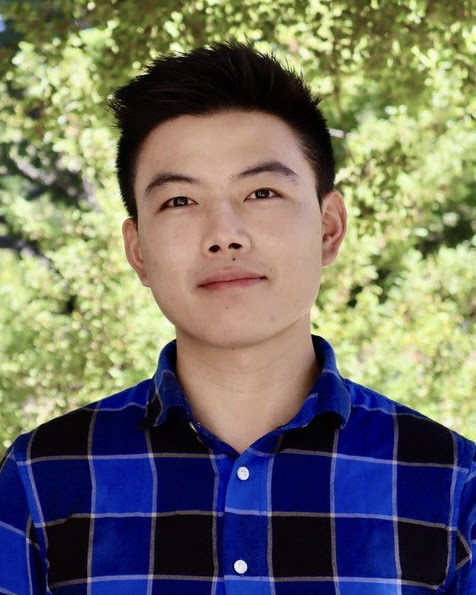Adaptation of Dose Prediction DenseNet for Prostate Cancer Patients Treated with Different Beam Modes Using Transfer Learning
J Fu1*, Z Wang2, J Lewis3, X Qi2, (1) Stanford Radiation Oncology, Stanford, CA, (2) UCLA School of Medicine, Los Angeles, CA (3) Cedars-Sinai Medical Center, Pacific Palisades, CA
Presentations
SU-E-BRB-1 (Sunday, 7/10/2022) 1:00 PM - 2:00 PM [Eastern Time (GMT-4)]
Ballroom B
Purpose: Deep learning models have achieved state-of-the-art performance in predicting radiotherapy dose distributions. However, it may be necessary to train machine- or beam-specific prediction models because different beam source models can result in different plan quality. Training beam-specific models from scratch usually requires large training datasets. In this study, we performed a proof-of-concept study of adapting the dose prediction DenseNet, trained with 6-MV plans, for 6-MV flattening-filter-free (6-MV-FFF) plans in prostate cancer.
Methods: We included 146 prostate SBRT cancer patients treated with Eclipse RapidArc plans (40 Gy in 5 fractions). 106 patients (cohort 1) were treated with 6-MV photon beam, while 36 patients (cohort 2) were treated with 6-MV-FFF photon beam. Cohorts 1 and 2 were randomly split into 74/16/16 patients and 16/10/10 patients for model training/validation/testing, respectively. We trained three 3D DenseNets that can generate dose distributions from planning CT and contours. DenseNet(untuned) and DenseNet(from-scratch) were trained from scratch using cohort 1 and cohort 2, respectively. DensetNet(finetuned) was trained by finetuning DenseNet(untuned) using cohort 2. All three DensetNets were used to predict dose distributions. Model performance was evaluated by comparing clinical and predicted dose distributions using relevant dose metrics.
Results: DensetNetfinetuned achieved the smallest average absolute differences in relevant PTV DVH points and plan quality metrics. The average absolute differences in Dmean of PTV and OARs were under 1.81 Gy (DensetNet(from-scratch)), 1.29 Gy (DensetNet(untuned)), and 1.04 Gy (DensetNet(finetuned)). The average DSCs of isodose volumes, between 0% and 100% of the prescription dose with a step of 1%, achieved by DensetNetfinetuned is 0.921, the highest among three DenseNets.
Conclusion: DensetNet(finetuned) generated the most accurate dose distributions of 6-MV-FFF plans compared to DensetNet(untuned) and DenseNet(from-scratch). Transfer learning helps achieve more accurate dose prediction and may be critical when restricted to a small training dataset.
Keywords
Treatment Planning, Dose, Radiation Therapy
Taxonomy
Contact Email



